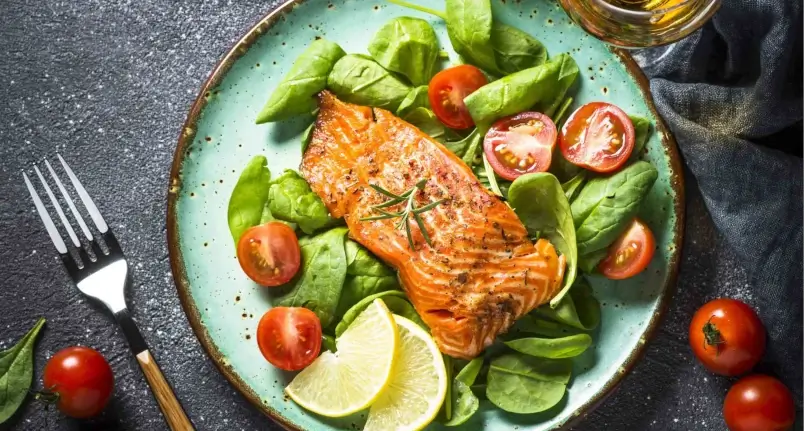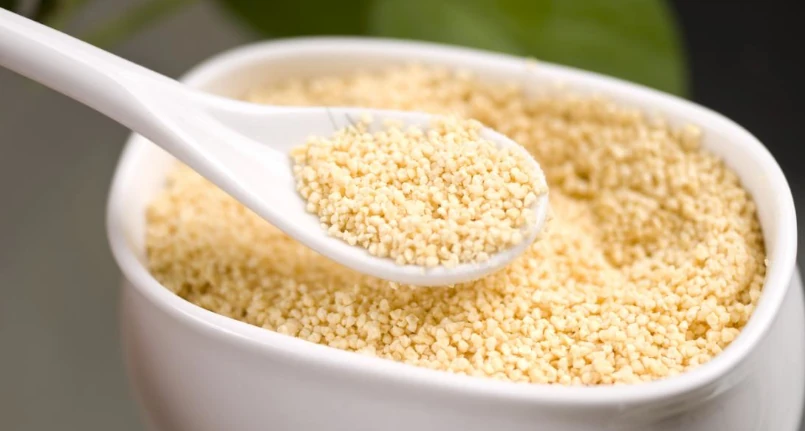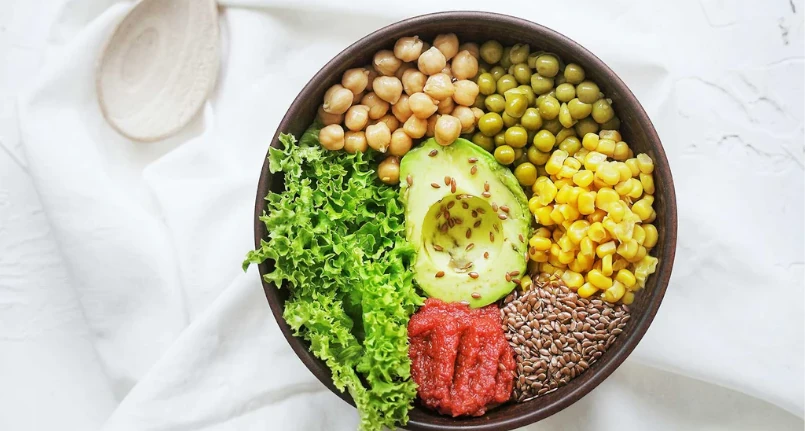Generality
Salmon is a fish typical of some subarctic and arctic areas . However, its breeding can also take place in more southern areas, although it is certainly NOT a characteristic animal of central-southern Europe.
Salmon , understood as food , belongs to the 1st Fundamental Group of Foods . From a nutritional point of view, its consumption is aimed at achieving the recommended rations of: proteins , mineral salts , some vitamins of the B group , vitamin D , vitamin A and essential fatty acids .
In the diet, salmon could be eaten on a “weekly” basis. A portion of 150-250g, at the latest every 2-3 days, is in fact sufficient to satisfy the basic criteria of a healthy and correct diet . In this regard, it is necessary to specify that it is always advisable to maintain a certain variability of the diet; better, therefore, to avoid consuming only salmon excluding other fishery products , since it too (like any other food) has aspects that are not entirely positive or controversial.
It should also be added that salmon is a food very rich in fat; therefore, it is recommended to carefully evaluate the portions (which must be related to the needsindividual) and to avoid, especially in the case of overweight, its contextualization within recipes rich in dressing fats ( oil , cream , etc.).
Salmon as Food: How is it Eaten?
Salmon is a food that lends itself to various types of consumption.
In the “fresh state” its meat is delicate and pleasant (where “fresh” means “NOT processed” with preservation methods other than freezing ); there are also other products obtained through alternative systems, among these, the most characteristic is smoking ( accompanied by a light salting), but today the conservation of canned salmon by means of a preserving liquid ( brine ) is also quite common. . Less consumed (and less valuable) is salmon in the form of paté .
What many ignore is that salmon is NOT consumed only muscle and fat, or what is commonly understood as “meat”. Its eggs , especially in certain localities, are considered a real delicacy. Be careful though! Those who expect a more or less “anonymous” taste , similar to that of lumpfish roe or flying fish, or those who are used to the delicate flavor of Russian caviar , could be unpleasantly disappointed; salmon roe are in fact distinguished by an “explosive” scent of omega 3 , so intense as to overwhelm any other ingredient in the dish. Even some salmon offal appear edible and all in all pleasant to the taste; the liverit is certainly the best known. Like the aforementioned organ of cod , blue shark and other fish from cold seas, salmon liver is also very rich in omega 3 and, together with other “waste” parts in the trade of the relative meats, it is often used for the formulation of dietary supplements . In itself, salmon liver is a fairly simple product to cook but, since it is an organ that is considerably exposed to certain contaminants, if intended for human consumption, it should be obtained from controlled animals, ignoring instead creatures bred without respect for disciplinary.
Returning to salmon meat, let us briefly mention the most common recipes in our country which, to be honest, does not boast a real specific culinary tradition of this food. Fresh salmon ( even defrosted), especially in recent years, is often included in raw fish recipes . Alone or in more or less exotic mixes, it is now a fundamental ingredient of Japanese sushi ( sashimi , nigiri , oshizushi, futomaki , etc.), in which it can also be combined with foods that contain eggs ( ikura ). Always raw, salmon meat lends itself to the production ofcarpaccio or tartare from fresh , smoked or marinated fish. As far as cooking systems are concerned, however, steam and oven cooking are more common, with or without the use of a salt crust .
There are two different kinds of smoking, one industrial (perhaps even of a chemical type, as for certain cured meats ), which also provides for an initial salting and a subsequent vacuum packing , and another home-made. The latter ( see the video recipe ) can also be done in the oven at home; requires a light initial salting and is carried out ” cold” (with the oven off, in which you insert steaming wood), which is why it does not prolong the shelf life of the food much. On the other hand, it allows you to customize the taste based on the type of wood used. For
what regarding the marinade , there are several different recipes.Some are based on the dehydration of the salmon by salting (with a little sugar ) and the subsequent rehydration in flavored suspensions ( water , citrus juice , herbs , oil, etc.); others exploit directly flavored liquids with osmotic powermuch higher than that of meat (generally with quite high percentages of sugar and salt), in order to ” firm up ” the tissues while flavoring them.
In any case (since it is a food to be eaten raw) we should remember that before smoking or marinating it is always necessary to apply the blast chilling to avoid any risk of parasitosis . If fresh, smoked or marinated salmon
meat leaves room for culinary imagination, there isn’t much to specify with regard to canned salmon and paté salmon. The latter is often employed in the formulation of canapés , snacks ,hors d’oeuvres and sandwiches , while the one in a jar goes very well with dry pasta as a filling for tortelli or as an accompanying sauce .
Quality and Controversies of Salmon in the Diet
Let us now focus on the quality of the raw material available on the market. There are various species of salmon, but in Italy (and also in the rest of Europe) Atlantic Salmon (binomial nomenclature: Salmo salar ) is mainly consumed.
Most of the salmon present on national counters comes from foreign aquacultures and arrives in Italy in frozen form , to be thawed only before retail sale. There is therefore no valid reason to buy it “at the market” rather than in a freezer counter (where, moreover, it would cost even less). The only detail that REALLY makes the difference between “salmon and salmon” concerns the origin, understood as farmed fish or caught fish. Highlighting the fact that aquacultures are NOT all the same (some are distinguished by the high quality of the feed and the low population density), it is necessary to remember that the caught salmon (actually called “wild”) is qualitatively better than the other. Nowadays, the composition of the feed can be varied on the basis of the product to be obtained, also managing the nutritional concentration and the pigments responsible for the coloration of the salmon; this last characteristic can also be enhanced by limiting the presence of crustaceans , which are naturally present in the diet of wild salmon (very rich, precisely, in these molecules). In practice, the meat of these fish could be “colored”pro vitamins of type A , a bit like salmon trout . Please note that the latter is NOT a hybrid species, but a rainbow trout with rosy meat obtained by feeding the fish with flours particularly rich in carotenoids .
Unfortunately, wild salmon fishing is NOT sufficient to meet market demand, which is why breeding is absolutely necessary; however, even this measure does not protect the environment from the ecological damage inflicted by the super demand for salmon. Fish farms, in fact, also require the presence of small fish and crustaceans which are therefore caught, an activity which significantly weakens the foundations of the marine food chain.
Role of salmon in the diet
Fresh salmon is a product that often appears in diets, whether or not it is nutritional therapy. As we will see later, however, it is not adaptable to any diet; in fact, due to the high caloric power, it could be contraindicated in the diet of sedentary overweight subjects . Its most interesting dietary application concerns the diet against metabolic diseases (mainly dyslipidemia and hypertension ). The latter application is due to the particular nutritional value of salmon, which stands out for its richness in essential fatty acids of the omega 3 group (in particular EPA and DHA) and astaxanthin ( carotenoid ). As is now well known, the lipophilic molecules of the omega 3 group cannot be produced autonomously by the body, therefore they must necessarily be introduced with the diet. Their metabolic effect (in addition to the energetic one ) is bivalent: they are precursors of some “good” eicosanoids and constituents of the cell membrane ; moreover, their presence appears to lower cholesterol , improve LDL / HDL ratio , lower hypertriglyceridemia , reduce hypertension, fight inflammationsystemic, prevents the onset of thrombi to the benefit of cardiovascular risk and reduces the complications linked to type 2 diabetes mellitus. Astaxanthin , on the other hand, is a pro vitamin A with an antioxidant and coloring effect ; it is the molecule responsible for the pink color of salmon meat, which plays a metabolic role of protection from free radicals and a beneficial skin function against sunburn . It is curious to learn that among the various omega 3 supplements there is also the so-called salmon oil
(for humans and animals). In addition to the well-known essential fatty acid chains , this orange oil (marketed in collagen pearls) is promoted by virtue of the presence of antioxidant astaxanthin and phospholipids (possibly derived from fish nerve tissue). The salmon oil extraction method is little known to the public, but it cannot be excluded that it involves the recycling of certain waste obtained from the marketing of the meat.
On the other hand, it should be remembered that salmon falls into the category of oily fish , therefore it is a food with a high caloric value. This means that any constant and significant dietary abuse (perhaps associated with other “questionable” conduct) could favor the onset of overweight . Let’s not forget that among the various causes of the onset of the metabolic diseases we mentioned above (in reference to the positive effects of omega 3), in addition to the individual predisposition, sedentary lifestyle and unbalanced diet, there is also overweight itself . In the light of what has been said so far, it is certainly not difficult to understand why salmon rarely appears in diets against obesity. To be precise, this food could be contextualized in a more or less effective way also in such nutritional schemes, having however the foresight to reduce the overall seasoning oil; however, respecting the “applicability” criterion of the portions (that is, weights at least sufficient to give a sense of satiety ), inserting salmon into the diet of a sedentary subject would become quite complicated and not always justifiable.
Let’s also not forget that salmon is a food rich in High Biological Value proteins , i.e. with a pool of essential amino acidsquite good and in considerable quantities; this aspect is particularly appreciated by sportsmen and bodybuilders.
As far as mineral salts are concerned , salmon meat is moderately rich in iron , potassium and phosphorus , while as far as vitamins are concerned, provitamin A (Astaxanthin), vitamin D (Cholecalciferol), vitamin PP ( niacin ) and vitamin B1 (thiamin). For subjects without complications, salmon is always very pertinent in the diet and in any form, while for pregnant women
it must be cooked to further avoid the risk of microbiological contamination.




